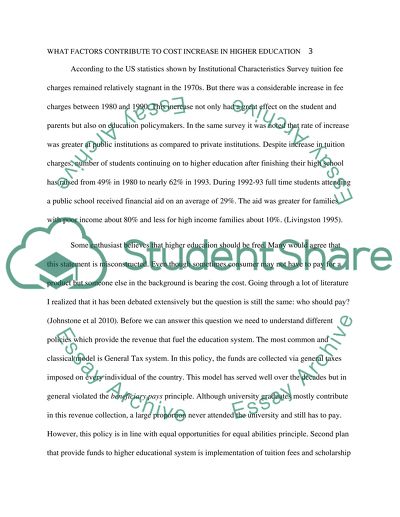Cite this document
(“What Factors Contribute to Cost Increases in Higher Education Research Paper”, n.d.)
What Factors Contribute to Cost Increases in Higher Education Research Paper. Retrieved from https://studentshare.org/education/1443455-what-factors-contribute-to-cost-increases-in
What Factors Contribute to Cost Increases in Higher Education Research Paper. Retrieved from https://studentshare.org/education/1443455-what-factors-contribute-to-cost-increases-in
(What Factors Contribute to Cost Increases in Higher Education Research Paper)
What Factors Contribute to Cost Increases in Higher Education Research Paper. https://studentshare.org/education/1443455-what-factors-contribute-to-cost-increases-in.
What Factors Contribute to Cost Increases in Higher Education Research Paper. https://studentshare.org/education/1443455-what-factors-contribute-to-cost-increases-in.
“What Factors Contribute to Cost Increases in Higher Education Research Paper”, n.d. https://studentshare.org/education/1443455-what-factors-contribute-to-cost-increases-in.


